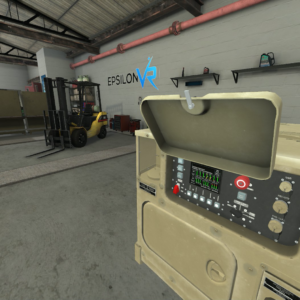Download Report
 Designing Learning for Augmented and Virtual Reality
Designing Learning for Augmented and Virtual Reality
Exploring what instructional designers should consider to ensure that virtual reality, augmented reality, and mixed reality platforms deliver the maximum learning benefit.
Major points we covered in the white paper are:
- The importance of using traditional design models like ADDIE and SAM when appropriate but not being afraid to layer on new technology learning models to ensure all design needs are met. And also realizing that traditional models have limits, so don’t simply rely on ADDIE and SAM.
- We differentiate between traditional training models and what they bring to the design board and new technology models and what they bring to the design board.
- Emerging technologies like augmented reality, virtual reality and the mixture of the two are here to stay. If you are an instructional designer and don’t know what these new modalities look like, it’s time to read up. They are not going away and if you want to stay current you need to start reading, researching and thinking about how your organization might make use of these technologies.
- Our main goal with the white paper was to share our trial and errors so that others can learn from our experience. We wanted to provide our use cases to show how we have experimented, failed, tried again, failed, tried again and finally succeed with great success.
- We share our enhanced storyboard for the SAM model (the secret sauce that provides the magical solution) to provide ideas of how you can design more easily for the VR learning experience. Enhancement of what we already know is the future of design. Ask the question, “How can I layer additional design requirements onto a model I already use to ensure nothing in my design is left to chance?” We provide you with the digital enhanced storyboard so you can use it as is or enhance it for your own VR needs.







